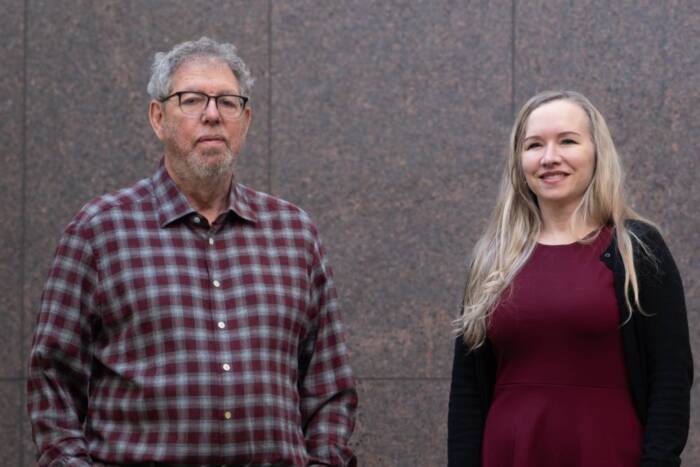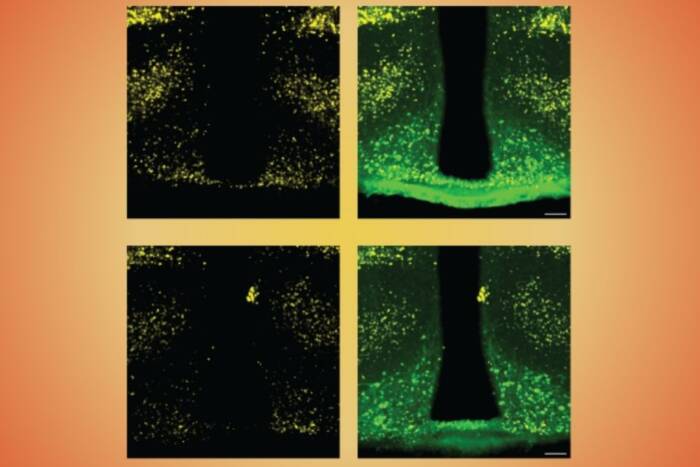Rockefeller scientists among those involved in search for Higgs boson
This week’s announcement that two physicists have received the Nobel Prize in Physics for their discovery of the Higgs boson is also a victory for thousands of scientists, including more than 2,000 from the United States, who worked to collect data and analyze results from particle collisions conducted at the Large Hadron Collider at CERN.
At Rockefeller, ten scientists led by Konstantin Goulianos, head of the Laboratory of Experimental High Energy Physics, were involved in developing particle detectors that were deployed at CERN and in processing and reviewing data they collected.
The Higgs particle was discovered by the ATLAS and CMS collaborations, each of which involves over 3,000 people from all around the world. The sophisticated instruments they created to study proton collisions at the Large Hadron Collider were designed to confirm the existence of the Higgs particle theorized by Franҫois Englert and Peter W. Higgs, this week’s Nobel recipients.
The existence of the Higgs boson is critical to proving the so-called Standard Model of physics that describes the fundamental particles from which we and all the visible matter in the universe are made, along with the interactions that govern their behavior.
“This experimental discovery is a testament to what can be achieved by a collaborative effort, in which, as in a ballet or opera, the performance of every individual counts,” says Goulianos. “It has been a tremendous experience for our lab to have participated in a discovery that marks the end of an era in particle physics, and as often happens in science, the beginning of a new direction.”


